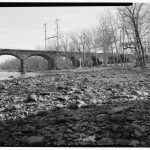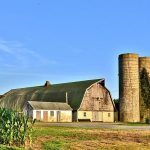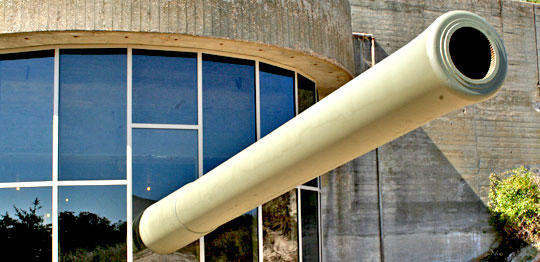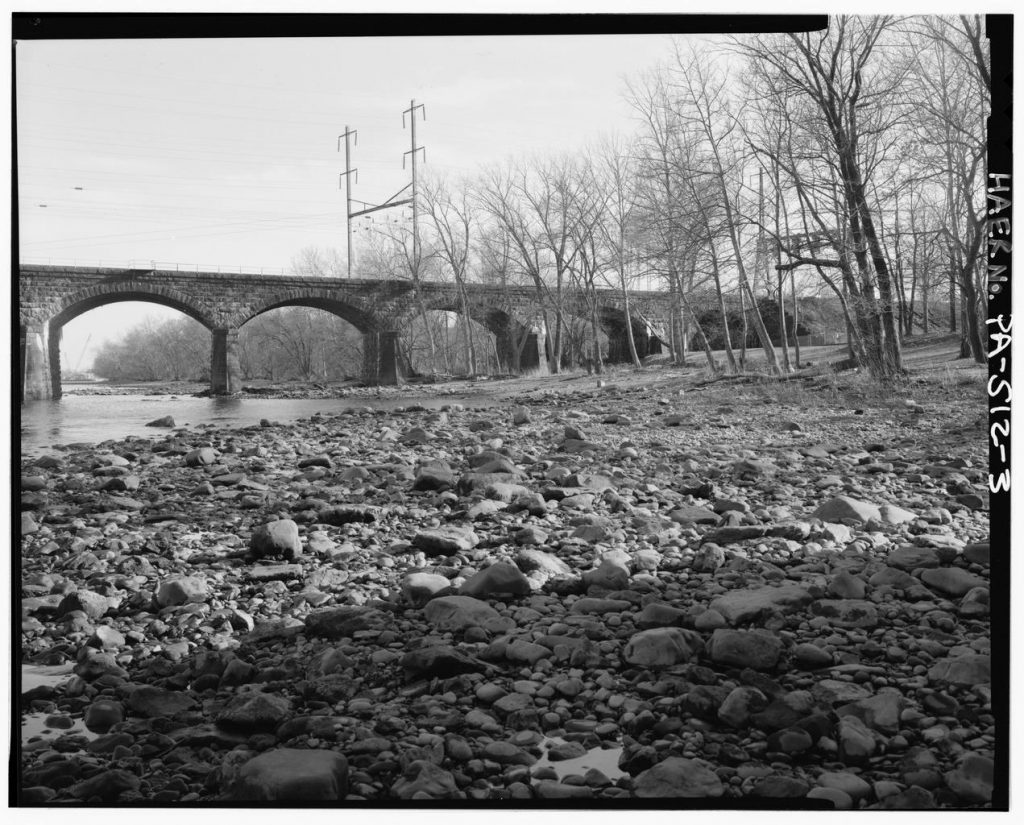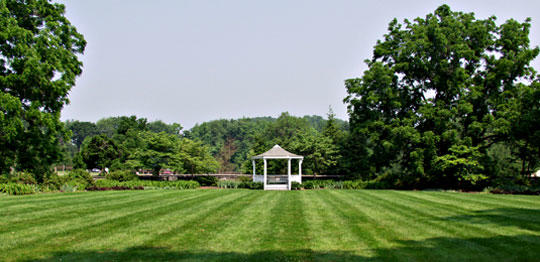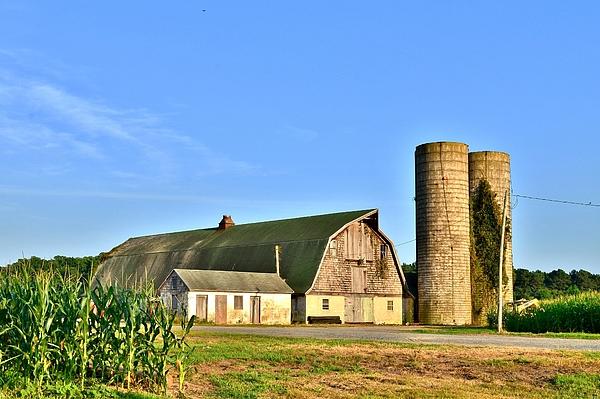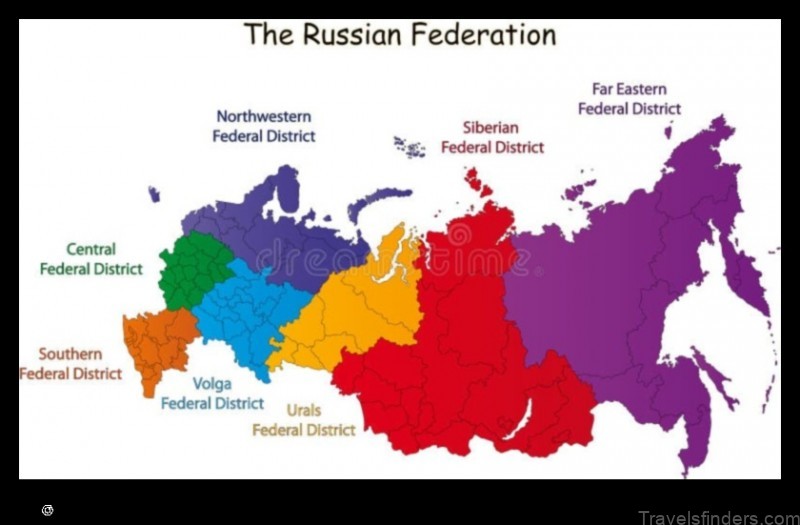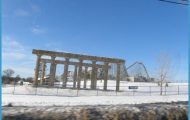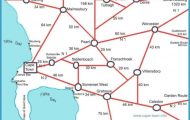Efforts by Spain in the sixteenth century to establish, and later maintain, a foothold along the Atlantic coast between Florida and Chesapeake Bay a region considered vital to the protection of Spain’s successful Caribbean establishments
brought the earliest Spanish-speaking peoples to present-day Delaware. In 1525 Pedro de Quejo, a Spanish slave trader, piloted a preliminary expedition composed of two caravels and some 60 crewmen for Lucas Vasquez de Ayllon, one of the Auditors of Hispaniola. The purpose was to explore the coastal area of land granted to Ayllon by the King of Spain in search of the mythical land of Chicora. It appears that Quejo entered present day Delaware Bay and sailed along much of its western side, then passed down the east coast of the Delmarva Peninsula to the lower portion of Chesapeake Bay.2
After this brief incursion, Spanish-speaking peoples would not return to Delaware until the mid-twentieth century. Meanwhile, during the 400 years in between, Dutch, Swedes, Finns, and Britons settled and colonized the region, in the process decimating, dispossessing, and displacing the Algonquin-speaking group known as Leni-Lenape, Delaware’s aboriginal population.3 Thus from its very beginnings, Delaware, one of the original thirteen British colonies, had a remarkably varied and complex ethnic composition and settlement.
Next to Rhode Island, Delaware4 is the second-smallest state in the Union. Delaware is made up of three counties: Kent in the center (800 square miles, established in 1664), New Castle in the north (494 square miles, established in 1680), and Sussex in the south (1,196 square miles, established in 1664). This small state, in the middle of the United States Atlantic Seaboard, not quite part of the South nor the North because of the way the Mason-Dixon Line bisects it, has until recently often been isolated and in many ways even deemed an unimportant place. The Mason-Dixon Line proved to be an effective cultural boundary in the state; key issues in U.S. history have consistently divided the state’s population. The Civil War, for example, divided sympathies in the state between Union and Confederation to the point that it resembled a miniature version of the country.5
For Latinos, Delaware was not a traditional point of destination; however, as explained below, this situation changed rapidly during the last quarter of the twentieth century.
Puerto Ricans were the first Latino group to arrive in the area. They came in the late 1940s (after War World II) and early 1950s as contract laborers hired to work in the agricultural and industrial sectors. These workers provided the base from which sprang the Puerto Rican community in Delaware. Some of them settled in Wilmington and Newark (New Castle County), where they shared the historic misfortunes and hopes of the Irish, Germans, Poles, Italians, Jews, Ukrainians, rural African Americans, and other newcomers who had arrived over the past century and a half. Puerto Ricans were the dominant Latino presence until the mid to late 1970s (122,000 persons migrated between the 1940s and 1970s).
During this period, mushroom growing in New Castle County (although not as big as in neighboring Chester County, Pennsylvania) attracted Puerto Rican workers.
But in the mid-1970s and 1980s, the pull for jobs in the local mushroom industry coupled with the push of a declining rural economy in Mexico contributed to the rapid arrival of Mexican workers to Chester County, Pennsylvania, and New Castle County, Delaware.


